Ardisia, plant care and growing guide
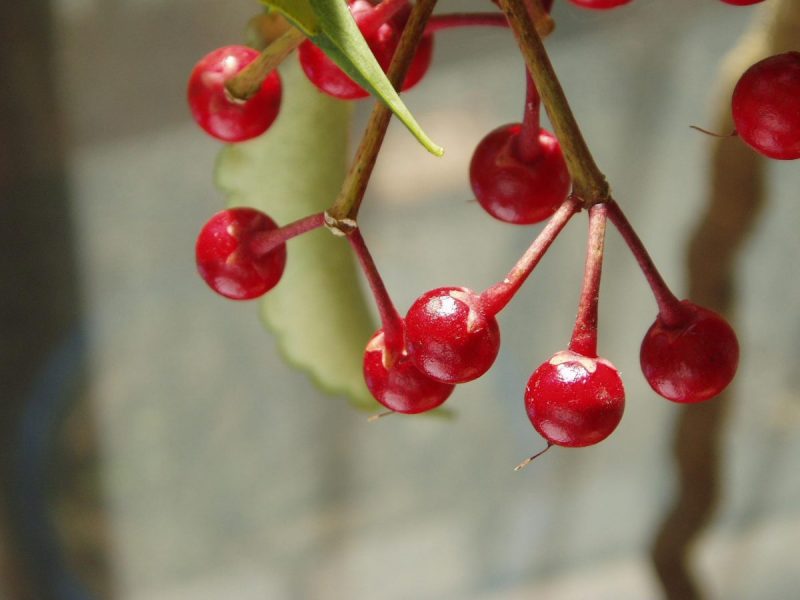
Ardisia (Ardisia crenata) is a species of flowering shrub in the Primiaceae family. It is native to East Asia, and in many countries, it is used as an indoor decorative plant.
The decorative property is given, especially, by the berry fruits, of bright red color. They appear in winter, near Christmas, becoming one of the symbolic plants of this holiday. In pots, it grows to a maximum height of 1 m.
It has scattered branches, and the leaves are coriaceous, lanceolate in shape, with a pointed tip. They have a dark green color, are glossy, and the back of the leaves are light green. It blooms in June. The flowers are small, whitish-pink, and fragrant. They persist for several months on the plant. The fruits are pea-sized berries. They have an intense red color and persist on the plant for several months.
Species and varieties
Slate crenata is the only species grown indoors.
Another species is Ardisia japonica, a shrub found in coastal areas.
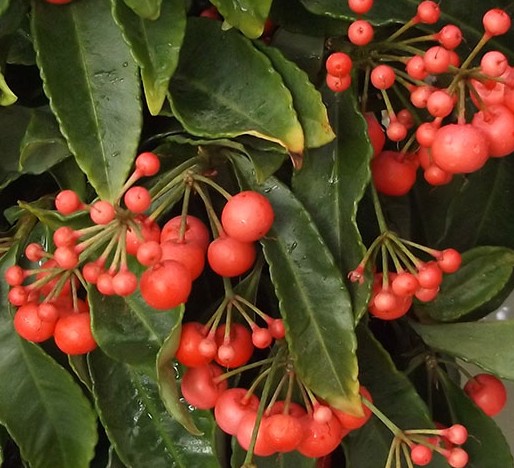
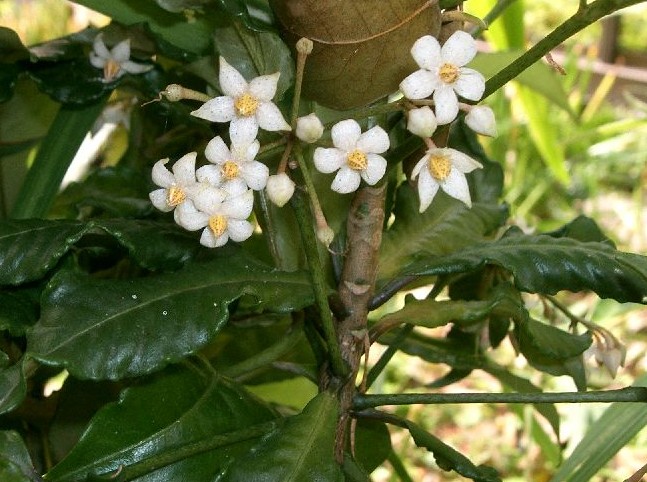
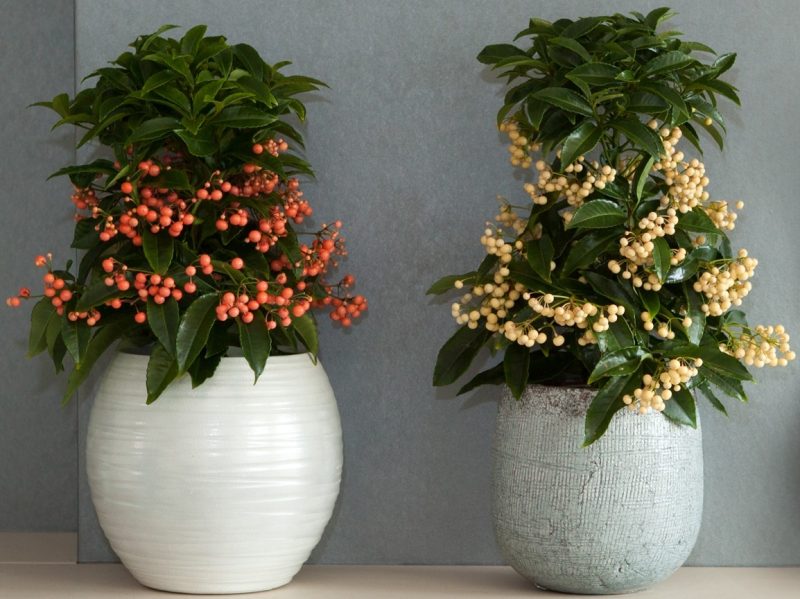
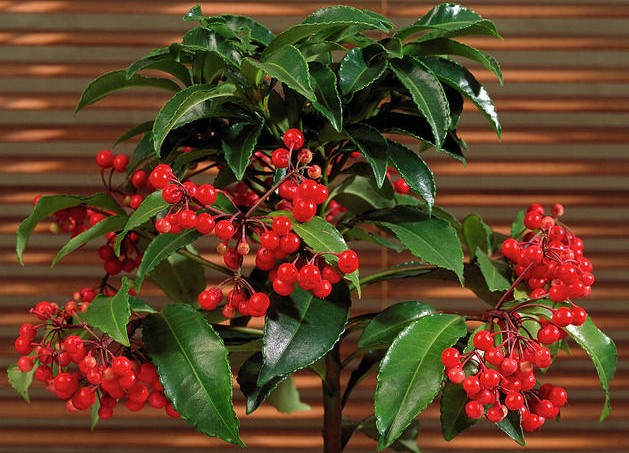
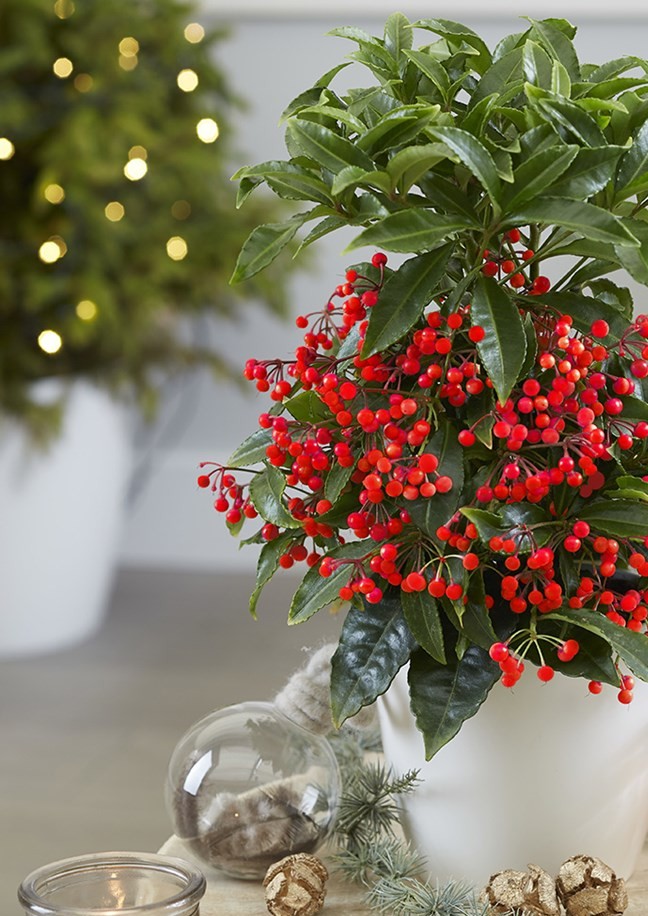
Environmental conditions
Light. It should be placed in a bright room, near a window, but it must be protected from direct sunlight.
Temperature. The optimum temperature for Ardisia is about 18° C. In winter, it prefers a cooler room.
Humidity. It is recommended to spray the foliage periodically, before the flowering stage, or when the ambient temperature exceeds 15° C.
Substrate. The substrate must be light, allowing water to drain. It is recommended to use a substrate with fibrous content.
Recommended products
-
You can find products on a different store
Change Store -
You can find products on a different store
Change Store -
You can find products on a different store
Change Store -
You can find products on a different store
Change Store -
You can find products on a different store
Change Store -
You can find products on a different store
Change Store -
You can find products on a different store
Change Store -
You can find products on a different store
Change Store -
You can find products on a different store
Change Store -
You can find products on a different store
Change Store -
You can find products on a different store
Change Store -
You can find products on a different store
Change Store -
You can find products on a different store
Change Store -
You can find products on a different store
Change Store -
You can find products on a different store
Change Store -
You can find products on a different store
Change Store -
You can find products on a different store
Change Store -
You can find products on a different store
Change Store -
You can find products on a different store
Change Store -
You can find products on a different store
Change Store -
You can find products on a different store
Change Store -
You can find products on a different store
Change Store -
You can find products on a different store
Change Store -
You can find products on a different store
Change Store
Watering
During the vegetative growth period, it should be watered regularly, so that the soil is maintained moist. During winter, the frequency of watering is reduced.
Fertilization
During the growing season (March-August), a special fertilizer should be administered for flowering plants.
Recommended products
-
You can find products on a different store
Change Store -
You can find products on a different store
Change Store -
You can find products on a different store
Change Store -
You can find products on a different store
Change Store -
You can find products on a different store
Change Store -
You can find products on a different store
Change Store -
You can find products on a different store
Change Store -
You can find products on a different store
Change Store -
You can find products on a different store
Change Store -
You can find products on a different store
Change Store -
You can find products on a different store
Change Store -
You can find products on a different store
Change Store -
You can find products on a different store
Change Store -
You can find products on a different store
Change Store -
You can find products on a different store
Change Store -
You can find products on a different store
Change Store -
You can find products on a different store
Change Store -
You can find products on a different store
Change Store -
You can find products on a different store
Change Store -
You can find products on a different store
Change Store -
You can find products on a different store
Change Store -
You can find products on a different store
Change Store -
You can find products on a different store
Change Store -
You can find products on a different store
Change Store
Repotting
It does not require regular repotting. In spring, replace the pot and the substrate, if it becomes too small.
Propagation
Ardisia can be propagated through seeds or cuttings.
The seeds are extracted from the fruit and sown in late winter or spring. It should be transplanted into pots when the plants have 2-3 leaves.
The cuttings should be done in spring-summer using stem cuttings. It is a rather difficult procedure, recommended for professionals.
Diseases and pests
The pests that can infest Ardisia are mealybugs or aphids. An air that is too dry favors their appearance.
Recommended products
-
You can find products on a different store
Change Store -
You can find products on a different store
Change Store -
You can find products on a different store
Change Store -
You can find products on a different store
Change Store -
You can find products on a different store
Change Store -
You can find products on a different store
Change Store -
You can find products on a different store
Change Store -
You can find products on a different store
Change Store -
You can find products on a different store
Change Store -
You can find products on a different store
Change Store -
You can find products on a different store
Change Store -
You can find products on a different store
Change Store -
You can find products on a different store
Change Store -
You can find products on a different store
Change Store -
You can find products on a different store
Change Store -
You can find products on a different store
Change Store -
You can find products on a different store
Change Store -
You can find products on a different store
Change Store -
You can find products on a different store
Change Store -
You can find products on a different store
Change Store -
You can find products on a different store
Change Store -
You can find products on a different store
Change Store -
You can find products on a different store
Change Store -
You can find products on a different store
Change Store
In addition:
- it cannot withstand drafts.
- to facilitate pollination and fruit formation, flowers can be stimulated with a brush.
- it loses its decorative properties after 5 years.
- for a specific Christmas decoration, you can place the Ardisia plant next to other plants such as Amaryllis and African violet.















































































































































































































































































































































































































































